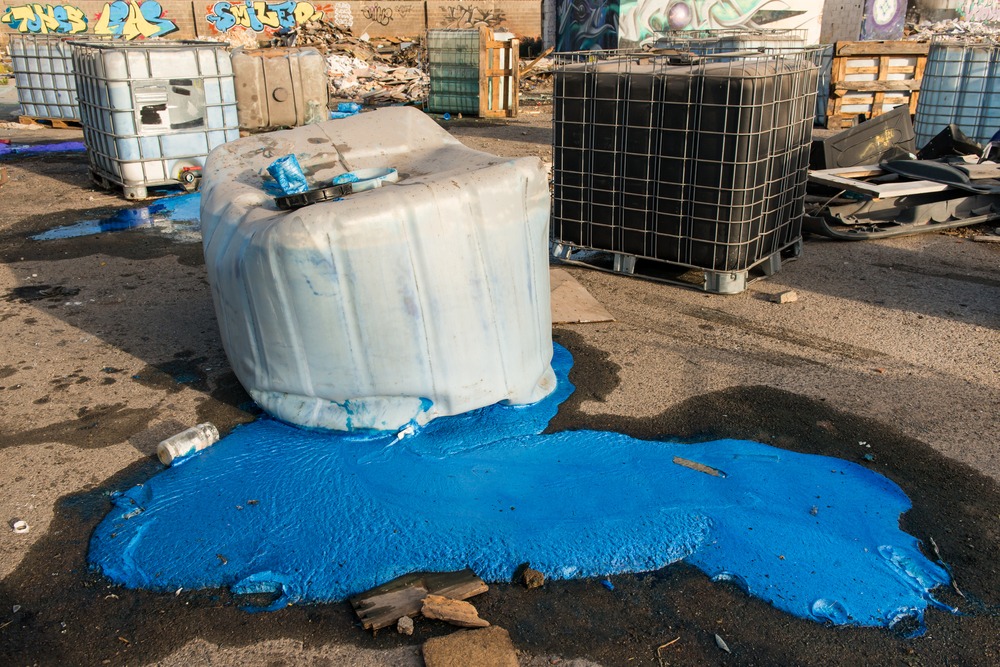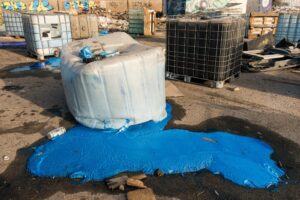BLOG
Interactive Manual for Customs on hazardous chemicals and wastes under the Basel, Rotterdam and Stockholm Conventions [INTL]

In April 2015 was announced, on the website dedicated to the synergies among the Basel, Rotterdam and Stockholm Conventions, the publication…
In April 2015 was announced, on the website dedicated to the synergies among the Basel, Rotterdam and Stockholm Conventions, the publication of an interactive Manual for Customs on hazardous chemicals and wastes under the three Conventions, aiming to enhance the knowledge of these three global treaties contributing to the safe management of the production, movement, use and disposal of hazardous chemicals and wastes.
Objective of the Manual for Customs on hazardous chemicals and wastes
The manuals mainly provide information on the objectives, procedures, rights and obligations contained in these agreements as they relate to the work of Customs.
The Manual is divided into 6 modules and complemented by four Annexes.
- The first module provides details on the pillars and objectives of the three conventions referred to in the manual. It is recalled that these texts have a common goal, which is to protect human health and the environment from harmful impacts of chemicals and hazardous waste, from the production phase to the disposal phase. The scope of each convention is also reminded.
- The second module is entitled “import and export procedures” and it describes the procedures for the import, transit and export of hazardous chemicals and wastes covered by the abovementioned agreements. It is also specified what form these procedures should take.
- The third module refers to customs controls and it provides advice on the management of possible illegal trade/traffic.
- The fourth module focuses on the identification and classification of products and the risks that they pose to customs agents. Visual inspection, sampling for testing purposes, or the use of product codes are all methods described in this chapter in order to familiarize customs officials in identifying dangerous products.
- The fifth module is dedicated to illegal trafficking and trade of wastes or hazardous products.
- The sixth module, entitled “Cooperation”, recalls the benefits of international cooperation in the fight against trafficking of chemicals and hazardous waste.
- In addition, Annex 2 provides waste identification tools covered by the Basel Convention. Similarly, Annex 3 provides elements of identification for the pollutants subject to the Stockholm Convention. Finally, Annex 4 concerns code systems assigned to chemicals covered by the Rotterdam Convention.
Regulatory Reminder
As a reminder, in December 2013 was published the PIC Circular XXXVIII aiming to provide all Parties to the Rotterdam Convention on the Prior Informed Consent (PIC) procedure for certain Hazardous Chemicals and Pesticides in International Trade, with the information required to be circulated by the Secretariat of the Convention.
The PIC Circulars are published every six months, in June and December, respectively. The PIC Circular XXXVIII contains information received from 1 May to 1 October 2013.
Red-on-line EHS Legal specialist
Sources:
- Website dedicated to the synergies among the Basel, Rotterdam and Stockholm Conventions, webpage dedicated to the Manual for customs officers, April 2015
- Manual for customs officers on hazardous chemicals and wastes under the Basel, Rotterdam and Stockholm Conventions, 2014
